
- Massive Range
- FREE UK Delivery
- Rapid Dispatch
- Massive Range
- FREE UK Delivery
- Rapid Dispatch
- Massive Range
- FREE UK Delivery
- Rapid Dispatch
Menu
Home » The Fundamentals of Welding on Sheet Metal and Other Metal Materials
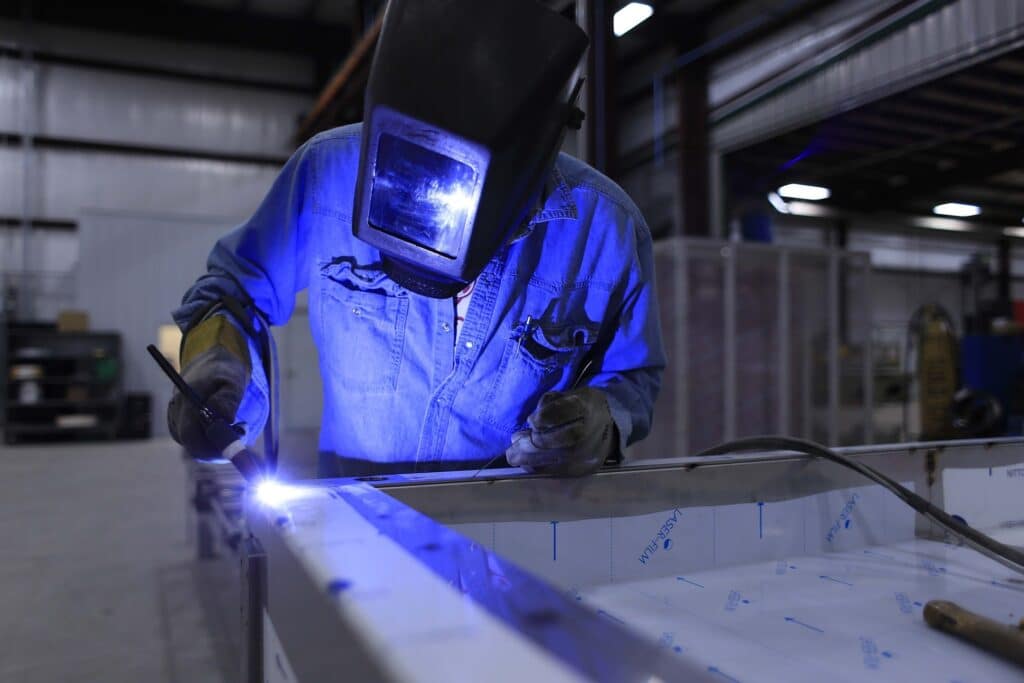
If you’ve ever seen pieces of metal that have been fused together, then you’ve seen the result of welding. But do you know what welding is?
Welding is the process of joining metal parts together by melting the adjacent edges of the materials and applying pressure to fuse them.
In this blog, we’ll explore the basics of welding sheet metal and other metal materials.
Let’s go..
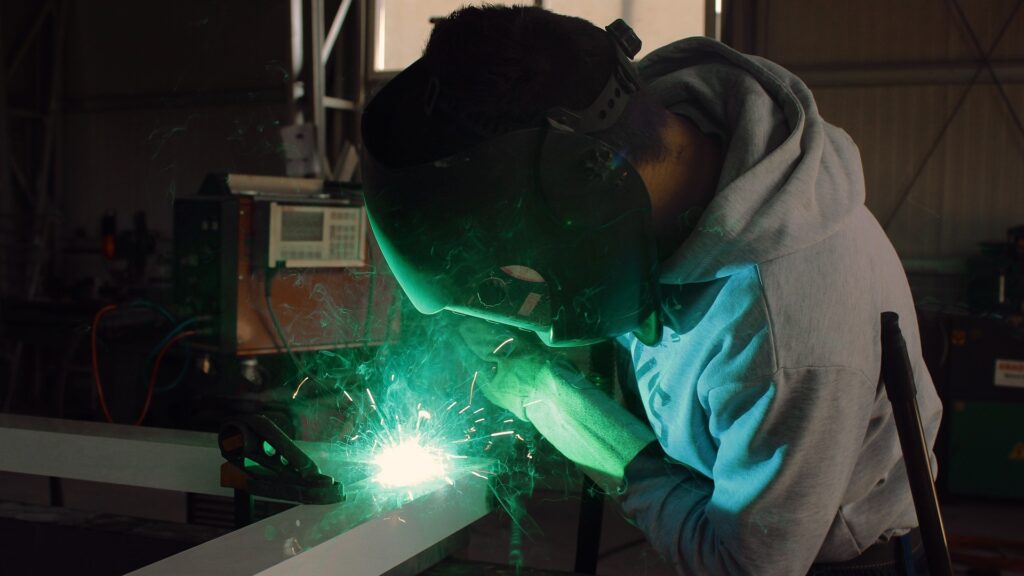
Our group has an in-house welding department on site. This team performs hundreds of top-quality welding tasks for architectural, oil rig and cladding projects.
We see all sorts of materials being welded on a constant basis, and with that in mind we have set about writing this simple article.
First things first, how does welding work?
Here’s a simplified explanation of the process:
Heat Generation: Welding typically requires a heat source to generate intense heat that can melt the metal. This heat can be produced through various methods such as an electric arc, a gas flame, or a laser beam.
Melting and Fusion: The intense heat applied to the metal causes it to reach its melting point, turning it into a molten state. The molten metal from the workpieces mixes together, forming a pool of liquid metal.
Filler Material (Optional): In some welding techniques, a filler material, such as a welding rod or wire, is added to the molten pool. The filler material helps create a stronger joint by adding additional metal to the weld.
Solidification: As the heat source is removed, the molten metal begins to cool and solidify. During this process, the atoms of the metal rearrange themselves and form a solid bond, creating a strong joint between the workpieces.
Weld Bead Formation: The solidified metal forms a visible structure known as a weld bead. The shape and appearance of the weld bead depend on the welding technique used, the type of metal being welded, and the skill of the welder.
Post-Welding Processes: After welding, additional processes like grinding, polishing, or machining may be performed to smooth the welded joint and improve its appearance or structural integrity.
It’s important to note that there are various welding techniques, including arc welding, MIG (Metal Inert Gas) welding, TIG (Tungsten Inert Gas) welding, and more. Each technique has its own specific equipment, parameters, and applications, but the basic principle of melting and fusing metal remains consistent across different welding processes.
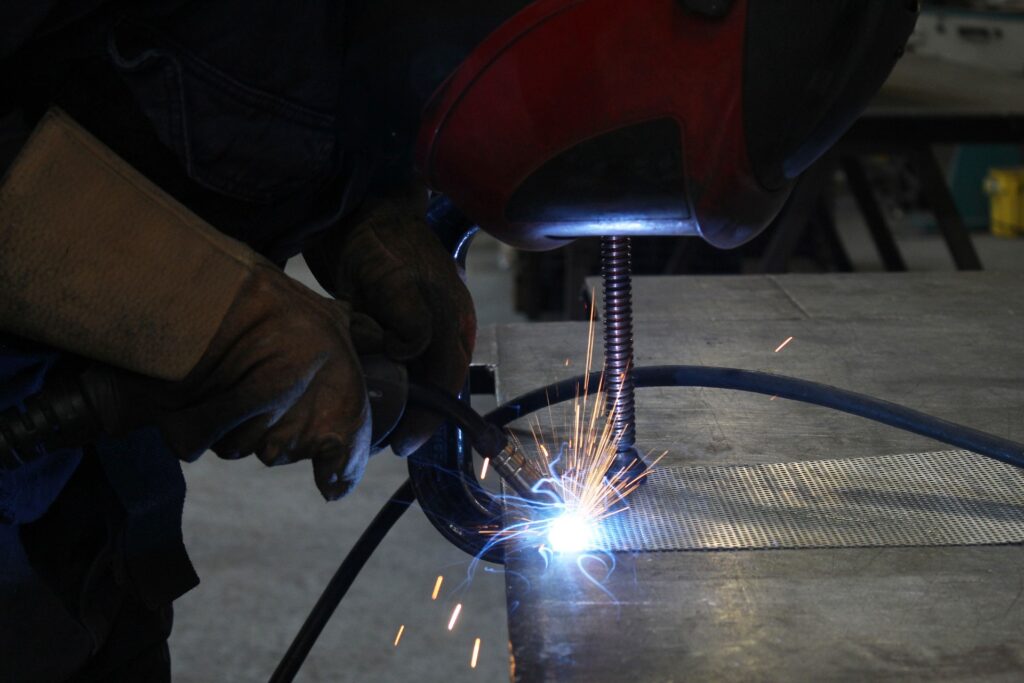
One of the most common types of welding is known as MIG (Metal Inert Gas) welding, which is perfect for welding sheet metal (which is our signature product range)
MIG welding uses a wire that automatically feeds through a spool and a gun that acts as a joint. With the help of gas shielding, which prevents oxygen from entering the weld, the welding process creates a strong bond between the two metal pieces.
Additionally, TIG (Tungsten Inert Gas) welding is another method that can weld sheet metal. TIG welding uses a tungsten electrode with a filler material and produces a precise, smooth, and clean weld.
We have produced detailed articles on all of these options.
At the other end of the spectrum, welding heavy metal requires a lot of heat.
Typically, heavy metal welding involves working with metal sections that are thicker than what would be considered thin or sheet metal. For example, in industries like construction, shipbuilding, or infrastructure, heavy metal welding may involve joining thick steel plates or structural components.
The specific thickness at which metal is considered “heavy” can vary, but it generally refers to metal sections that are several millimeters thick or more. The welding techniques used for heavy metal welding may also differ from those used for thinner materials, as they often require higher heat input, stronger weld joints, and specialised equipment. The thickest that we offer is 6mm, which would fall under this category.
And this process takes more than just gas shielding. This is where Arc Welding comes in, which uses an electric arc to create heat to melt the materials. Arc welding is great because you can weld pretty much any type of metal, including steel, aluminum, and even cast iron.
This process, by definition, is not as precise as MIG or TIG welding.
Aluminium is perhaps the most popular non-ferrous metals there is. Joining it is pretty much the same as welding steel, though pure aluminium requires an AC (alternating current) welder, whereas alloys require a DC (direct current) welder.
Welding aluminium requires precision because it conducts heat quickly, and making a mistake could warp or crack the metal.
When welding stainless steel, it is quite important to take precautions to prevent contamination such as not using the same wire brush for other metals, and not being careless when handling oily rags that might come into contact with the metal.
Just like MIG welding of sheet metal, MIG welding is great for welding stainless steel. A shielding gas is used to protect the weld area, which also reduces the risk of contamination. It is also possible to weld stainless steel using TIG welding, though it’s not as efficient.
Surprisingly, copper is the easiest of all metals to weld. The process uses the TIG welding process, and the only requirement is that a clean, oxide-free surface of the metal is required to ensure proper bonding.
Copper is sometimes used in electrical components, and the process requires the use of a copper wire brush to clean the material.
In conclusion, the welding process is unique for different types of metals.
Sheets of metal are best suited for MIG welding, while heavy metal requires the use of arc welding. For non-ferrous metals like aluminum, precision, and accuracy are key when welding. Stainless steel welding requires more caution to avoid contamination, and copper welding is the easiest welding process out of all the metals.
Understanding the basics of welding can make all the difference when working with metal and can help create strong, durable, and reliable structures.
As always, thank you for checking out our blog. We hope that this helps you with your project.
Please also check out the other articles in our helpful guide series. We have written about aluminium sheeting and checker plate recently to name but two of our articles.
We are also proud to sell this product on our highly popular eBay store, check us out there too.
If you have any further questions, feel free to contact us.

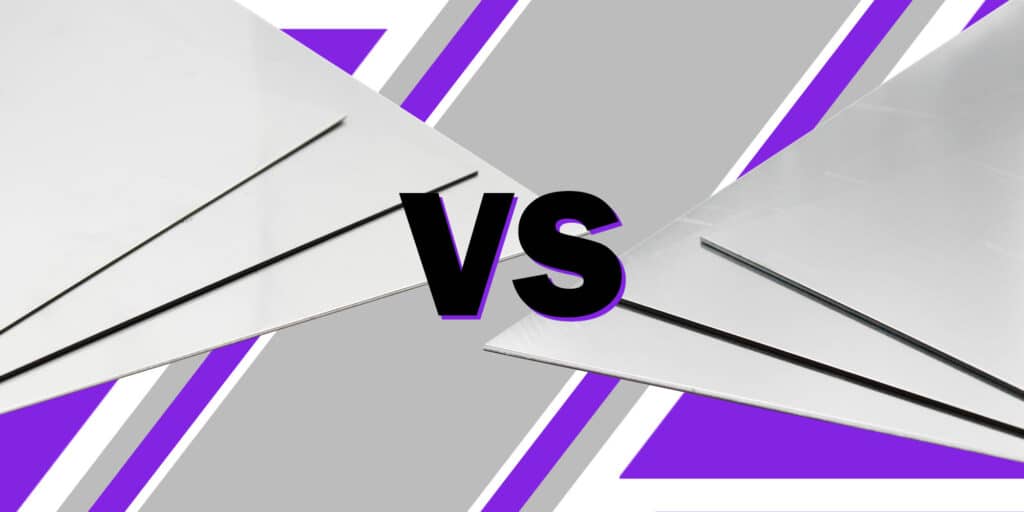
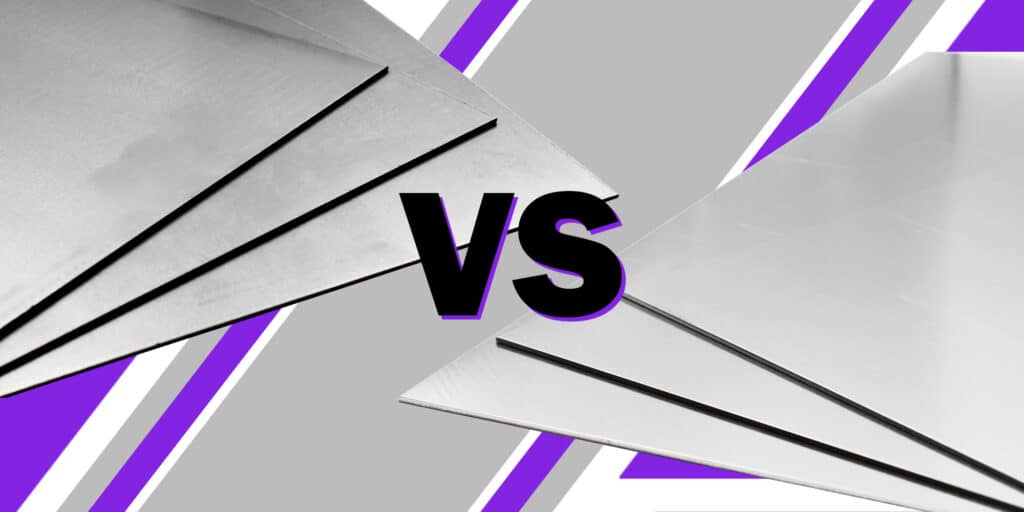
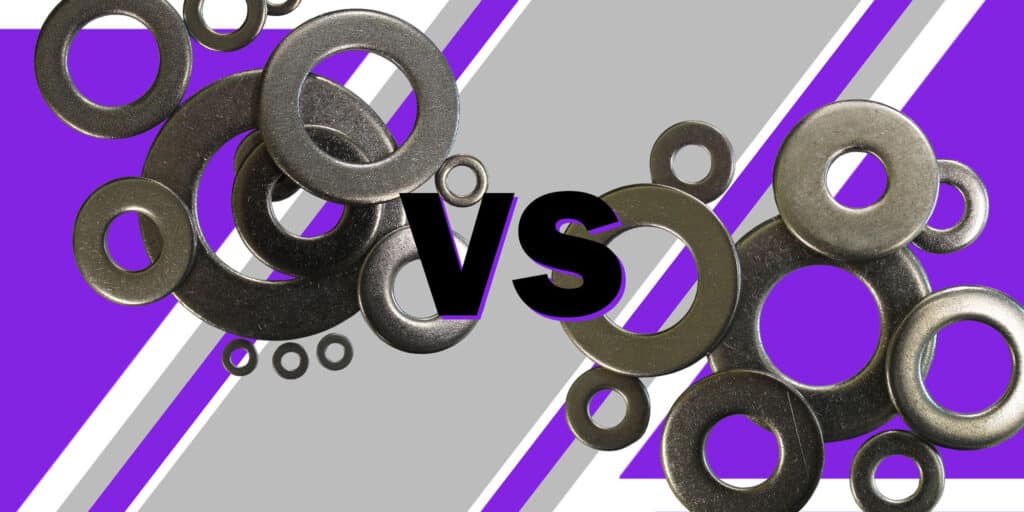
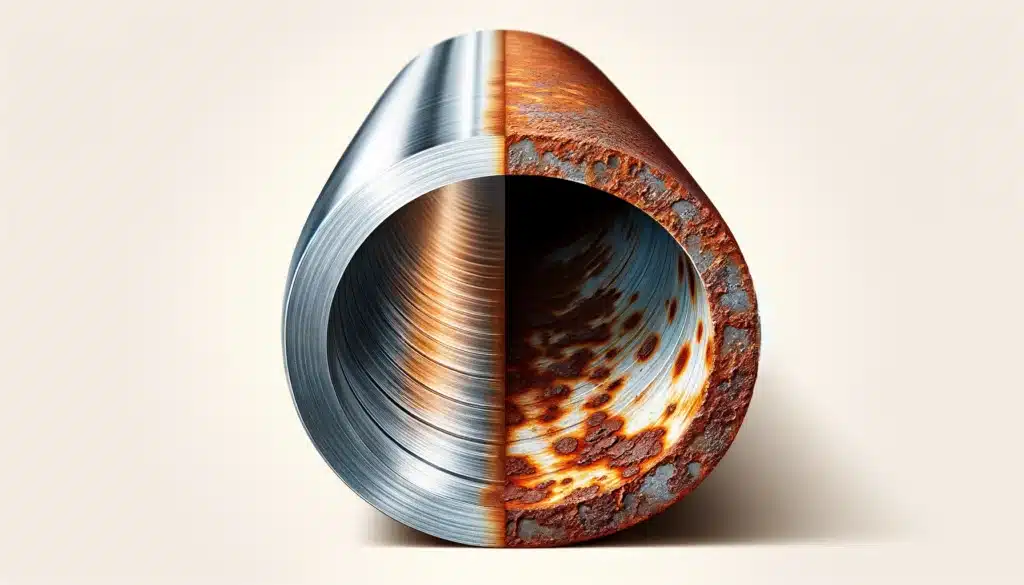
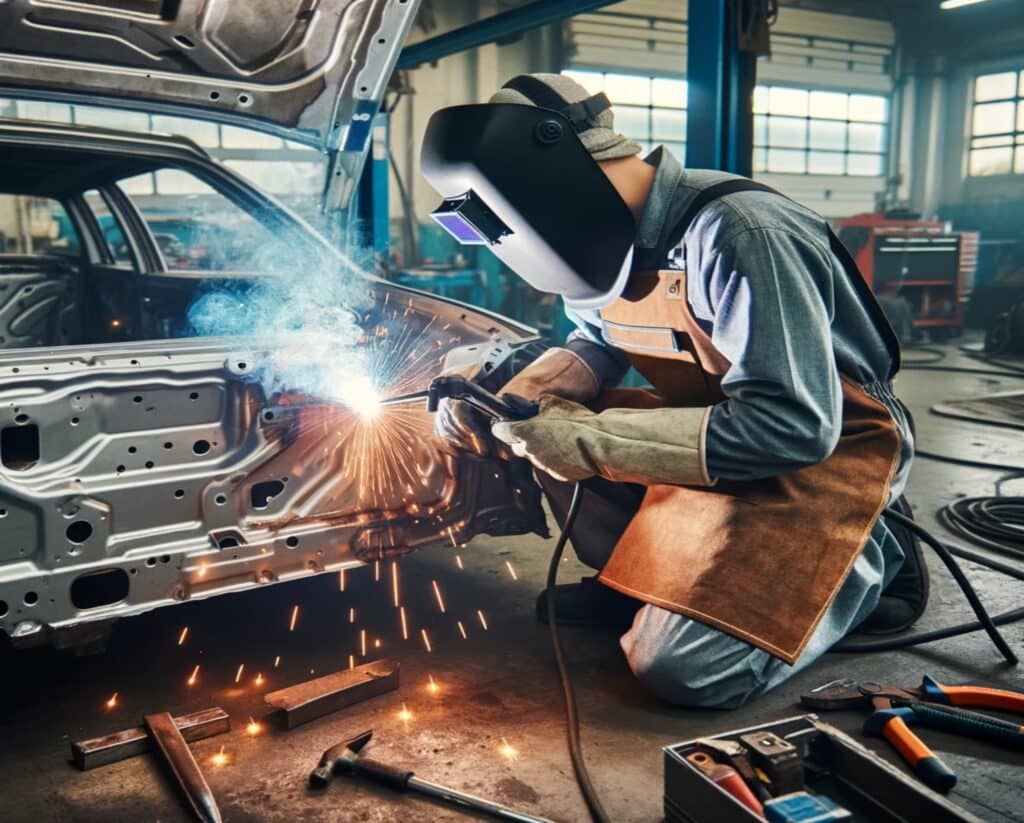
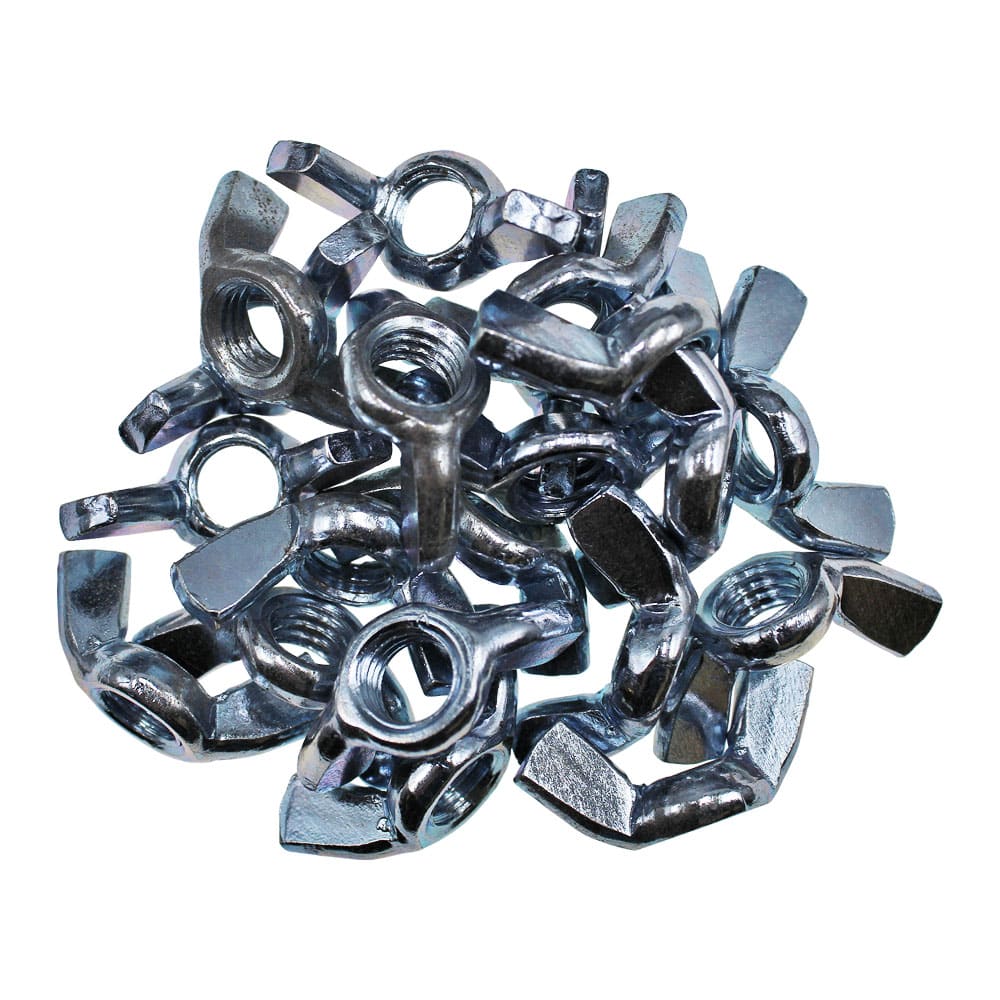
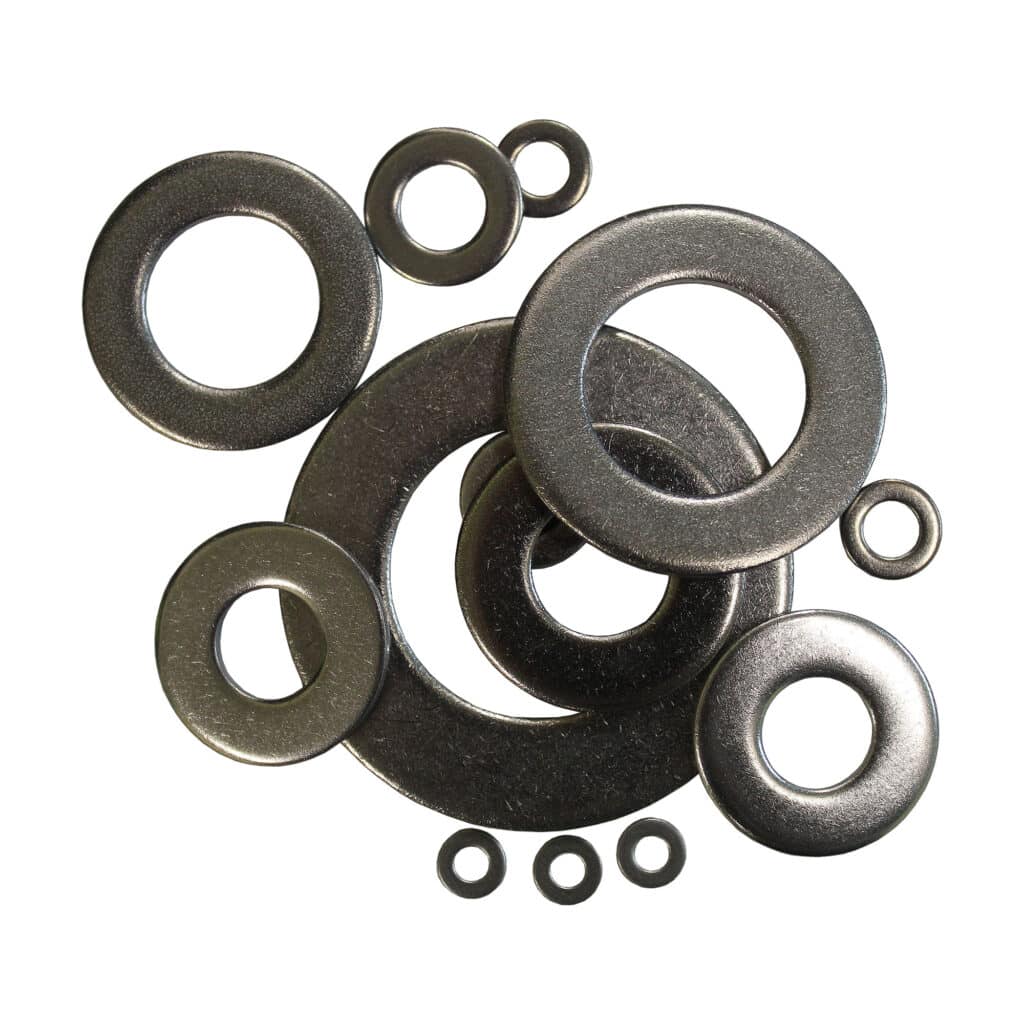
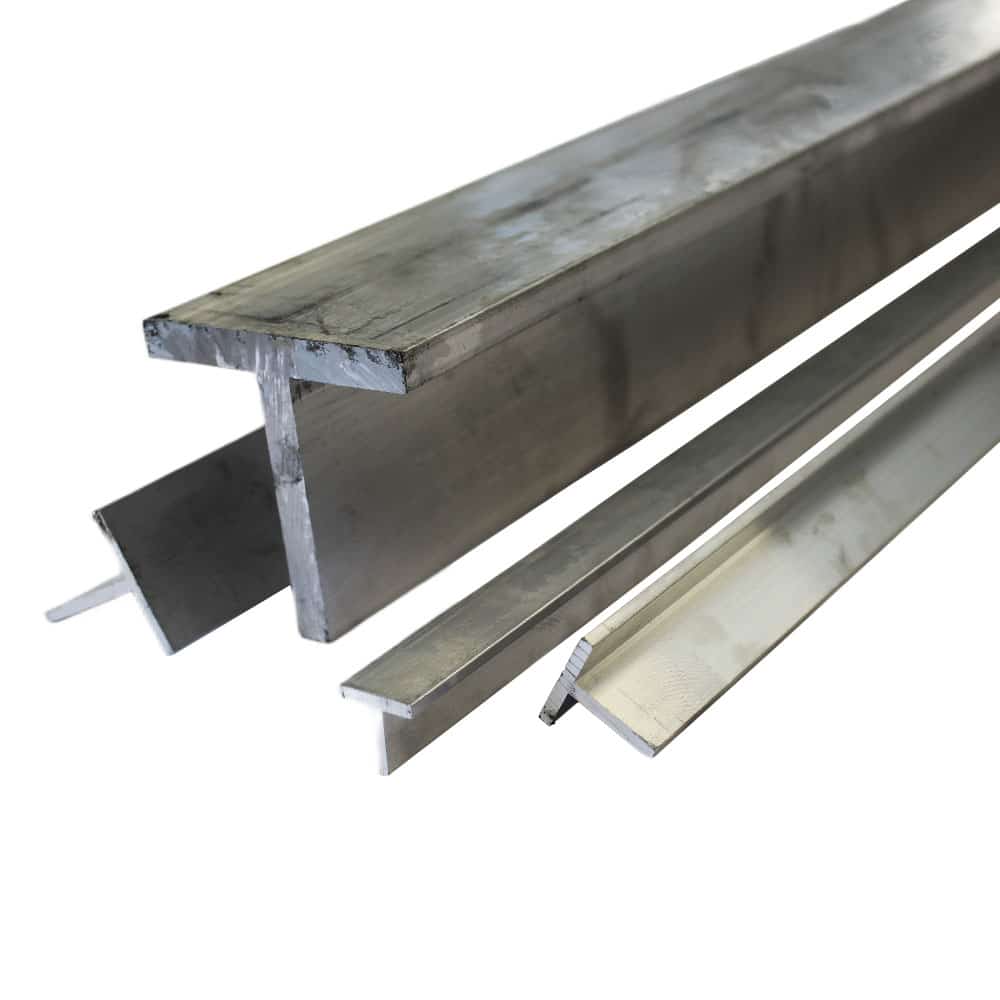
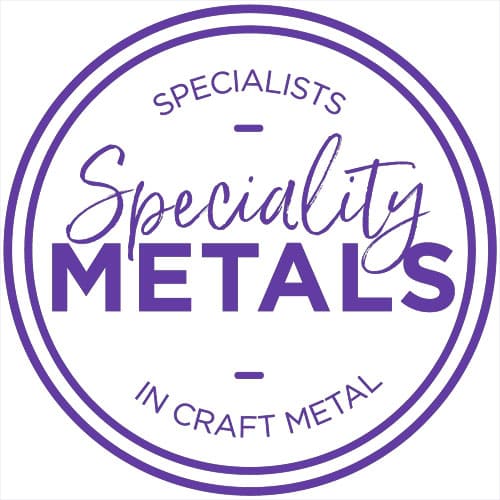
Speciality Metals
Unit 1, Farrell Street, Warrington,
Cheshire, WA1 2WW, United Kingdom
Quick Links
Payment Options
